Table of content
Introduction
Baking your own oatmeal bread is a rewarding culinary endeavor that not only satisfies your taste buds but also offers numerous health benefits. Oatmeal bread is rich in dietary fiber, essential vitamins, and minerals, making it an excellent choice for those seeking a nutritious and delicious alternative to traditional white or whole wheat bread. In this comprehensive guide, we will walk you through the step-by-step process of making oatmeal bread, from gathering your ingredients to slicing into a warm, freshly baked loaf. Whether you’re a seasoned baker or a novice in the kitchen, this guide promises to equip you with the knowledge and skills necessary to create perfect oatmeal bread at home.
Understanding the Ingredients
Before diving into the recipe, it’s crucial to understand the role each ingredient plays in the final product. Here’s a breakdown of the key ingredients you’ll need to make oatmeal bread:
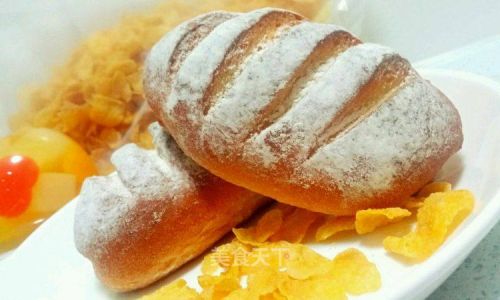
-
Oats: The star of the show, oats add texture, flavor, and nutritional value to your bread. You can use rolled oats, steel-cut oats, or quick-cooking oats, depending on your preference for texture. Rolled oats are the most common and provide a nice chewy texture, while steel-cut oats offer a more rustic, nutty flavor.
-
Bread Flour: High in gluten, bread flour helps to create a strong dough that can rise well and hold its shape during baking. If you can’t find bread flour, you can use all-purpose flour, but your bread may have a slightly softer texture.
-
Water and Milk: These liquid ingredients help to hydrate the dough, activate the yeast, and promote gluten development. Using a combination of water and milk can add richness and flavor to your bread.
-
Yeast: Active dry yeast or instant yeast is essential for leavening the bread. It converts sugars in the dough into carbon dioxide and alcohol, causing the dough to rise.
-
Salt: Salt enhances the flavor of the bread and helps to control the yeast’s activity, preventing it from over-rising.
-
Honey or Sugar: A small amount of honey or sugar feeds the yeast, helping it to grow and multiply quickly. It also adds a touch of sweetness to the bread.
-
Butter or Olive Oil: These fats add moisture and flavor to the bread, making it softer and more tender. They also help to create a glossy crust when baked.
-
Vital Wheat Gluten (Optional): For an extra boost of gluten, you can add vital wheat gluten to your dough. This will make the dough stronger and more elastic, resulting in a taller, chewier loaf.
Gathering Your Equipment
In addition to the ingredients, you’ll need some essential equipment to make oatmeal bread:
-
Mixing Bowls: A large mixing bowl for combining ingredients and kneading the dough.
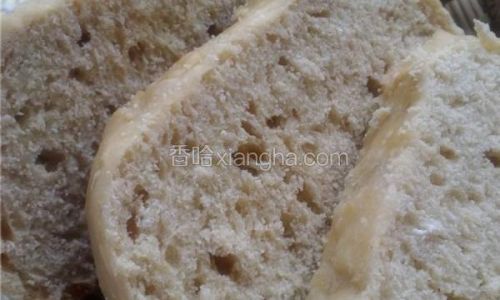
-
Measuring Cups and Spoons: For accurately measuring your ingredients.
-
Stand Mixer or Hand Mixer (Optional): While you can knead the dough by hand, a stand mixer or hand mixer with a dough hook attachment can make the process much easier and faster.
-
Dough Hook: If you’re using a stand mixer, a dough hook attachment is necessary for kneading the dough.
-
Proofing Basket or Bowl: A proofing basket, also known as a banneton, helps to shape the dough and create an attractive pattern on the loaf. Alternatively, you can use a lightly greased bowl covered with a damp cloth.
-
Sharp Knife or Laminating Knife: For scoring the dough before baking.
-
Baking Sheet or Dutch Oven: A baking sheet lined with parchment paper or a preheated Dutch oven is ideal for baking the bread.
-
Oven: Preheated to the correct temperature to ensure even baking.
-
Cooling Rack: For cooling the baked bread.
Step-by-Step Recipe
Now that you have all your ingredients and equipment ready, let’s dive into the recipe for making oatmeal bread.
Ingredients:
- 3 cups bread flour
- 1 cup rolled oats
- 1 1/2 cups warm water (110°F or 45°C)
- 1/2 cup milk (warmed to 110°F or 45°C)
- 2 1/4 tsp active dry yeast (1 packet)
- 2 tbsp honey or sugar
- 1 1/2 tsp salt
- 3 tbsp unsalted butter, softened, or 3 tbsp olive oil
- 1 tbsp vital wheat gluten (optional)
Instructions:
Step 1: Activate the Yeast
- In a small bowl, combine the warm water, warm milk, and honey or sugar. Stir until the sugar or honey is dissolved.
- Sprinkle the active dry yeast over the liquid and let it sit for about 5-10 minutes, or until frothy and bubbly. This indicates that the yeast is active and ready to use.
Step 2: Combine Dry Ingredients
In a large mixing bowl, whisk together the bread flour, rolled oats, and vital wheat gluten (if using). Make a well in the center of the dry ingredients.
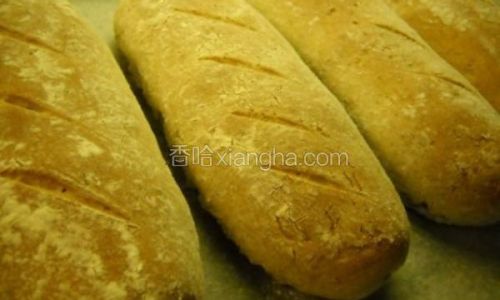
Step 3: Add Wet Ingredients
- Pour the activated yeast mixture and the softened butter or olive oil into the well in the center of the dry ingredients.
- Using a wooden spoon or your hands, gradually incorporate the wet ingredients into the dry ingredients, mixing until a shaggy dough forms.
Step 4: Knead the Dough
-
Transfer the dough to a lightly floured surface. Knead for about 8-10 minutes, or until the dough is smooth, elastic, and slightly tacky but not sticky. If the dough is too sticky, add a little more flour, a tablespoon at a time. If it’s too dry, add a teaspoon of water.
-
Alternatively, you can use a stand mixer fitted with a dough hook attachment. Mix on low speed for about 2-3 minutes, then increase to medium speed and knead for an additional 6-8 minutes, or until the dough is smooth and elastic.
Step 5: First Rise
- Lightly grease a large mixing bowl with a little olive oil or butter. Place the dough in the bowl, turning it once to coat it with the oil.
- Cover the bowl with a damp cloth or plastic wrap and let the dough rise in a warm, draft-free place for about 1-2 hours, or until it has doubled in size.
Step 6: Shape the Dough
- Gently punch down the risen dough to release any air bubbles.
- Transfer the dough to a lightly floured surface and shape it into a log or loaf shape. If you’re using a proofing basket, dust it with a little flour or oats, then place the shaped dough inside.
Step 7: Second Rise
Cover the shaped dough with a damp cloth or plastic wrap and let it rise again in a warm, draft-free place for about 30-45 minutes, or until it has puffed up and feels light and airy.
Step 8: Preheat the Oven
While the dough is undergoing its second rise, preheat your oven to 400°F (200°C). If you’re using a Dutch oven, place it in the oven to preheat as well.
Step 9: Score the Dough
Using a sharp knife or laminating knife, make a few shallow slashes across the top of the dough to allow it to expand during baking.
Step 10: Bake the Bread
- If you’re using a baking sheet, transfer the dough to the sheet lined with parchment paper. If you’re using a Dutch oven, carefully remove it from the oven, place the dough inside, and cover it with the lid.
- Bake for 30 minutes with the lid on. Then, remove the lid and bake for an additional 15-20 minutes, or until the bread is golden brown and sounds hollow when tapped on the bottom.
Step 11: Cool the Bread
Remove the bread from the oven and let it cool on a wire rack for at least 30 minutes before slicing. This allows the bread to set and develop its flavor.
Troubleshooting Tips
Even the best bakers encounter issues sometimes. Here are some troubleshooting tips to help you perfect your oatmeal bread:
- Dough is too sticky: Add a little more flour, a tablespoon at a time, until the dough reaches the desired consistency.
- Dough is too dry: Add a teaspoon of water and knead until the dough comes together.
- Bread didn’t rise enough: Make sure the yeast is fresh and active, and that the dough was allowed to rise in a warm, draft-free place for the correct amount of time.
- Bread is dense or gummy: Ensure that the dough was kneaded for the correct amount of time and that it was baked at the correct temperature for the
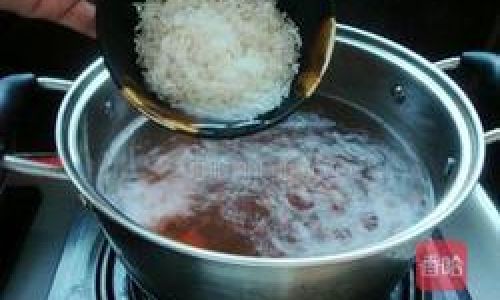
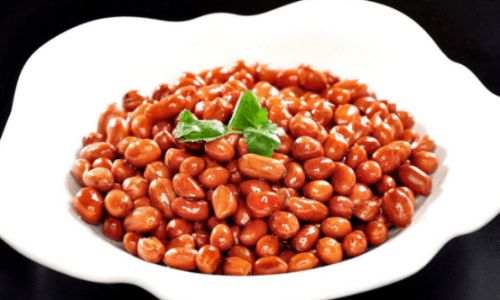



0 comments